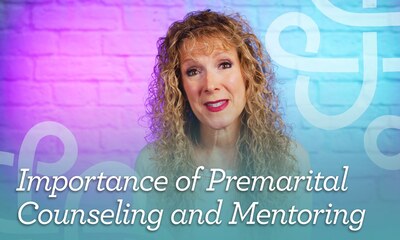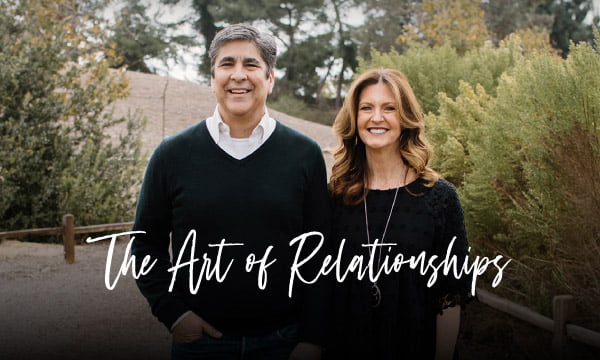Fifty Shades of Gray and the Cycle of Abuse

Full disclosure: I have never read the best-selling book, nor seen the highly hyped film adaptation of Fifty Shades of Gray. My understanding of the plot comes solely from movie reviews and the 24/7 coverage of this cultural phenomenon from every news outlet when it was released in theatres this past February.
The most disturbing part of Fifty Shades is not when the naive, sexually inexperienced Anastasia is seduced by Christian—a mysterious billionaire—to sign a contract agreeing to varying forms of sexual abuse in a room glibly called the Play Room. Nor is it when Christian punishes Anastasia by savagely beating her and forcing her to count out each blow while tears stream down her face. “Did that bring you pleasure?” she sobs as she runs out. The most disturbing part of Fifty Shades of Gray is that there is a sequel. In fact, two more books form a sordid trilogy. For whatever reason, even after all the abuse and domination, Anastasia eventually comes back to Christian. For those who study abuse, her coming back, tragically, is not a surprise.
Marriage experts note that for many couples whose climate is marked by abuse, the abuse follows a cyclical pattern marked by four stages.
Four Stages of the Cycle of Abuse
Stage one: Tension
In this stage the batterer feels tension at work or home and starts to feel frustrated, insecure, or angry. As the tension mounts verbal and emotional abuse begins resulting in threats, shouting, insults, taunts, name-calling, destroying of valuables, and so on. In chronically abusive relationships the abused picks up on the mounting tension and tries to make sure she or the children walk on eggshells in the home to keep the abuser from becoming increasingly agitated or violent.
Stage two: Explosion
Frustration and tension erupts into physical abuse. The abuser throws a spouse against a wall, grabs her by the hair, kicks her, punches her, cuts her, or slaps her. Often this stage ends with a spouse requiring medical attention.
Stage three: Remorse
The abuser comes to the abused spouse and is deeply apologetic. He seems remorseful and contrite and promises it will never happen again. Abused women report in this stage seeing the “good person” inside the abuser; the person they fell in love with and married. During this stage the battered spouse will come to see the abuse as the aberration and the contrite man as the real man.
Stage four: Honeymoon
The batterer dates his spouse all over again. He acts lovingly toward her and seeks to meet her emotional and physical needs. The abused spouse becomes convinced that the physical act of violence will not happen again—even if it has happened regularly in the marriage. The relationship experiences a temporary positive upswing. However, tension slowly begins to build up in life of the abuser and the cycle begins again.
“You start lying to yourself the minute the physical wounds go away...”
“You start lying to yourself the minute the physical wounds go away,” a somber Rihanna told the media concerning her beating at the hands of ex-boyfriend Chris Brown. Could the same be said of the fictitious Anastasia? Why, after her physical wounds healed, did she go back? The answer lies in understanding the tragic cycle that moves from tension to explosion to remorse to honeymoon. A cycle rooted in fact, not fiction.
For Help
If you need immediate help, call 911 or your local emergency services.
National Domestic Violence Hotline (800) 799-7233 (SAFE) to be connected to a local organization.
National Council on Child Abuse and Family Violence
1-800-537-2238 (calls on spouse or partner abuse)
1-800-422-4453 (calls on child abuse)
E-mail: nccafv@aol.com
To learn about restraining orders in your area of the U.S., call 1-800-799-7233 (SAFE) or contact your state's Domestic Violence Coalition.


